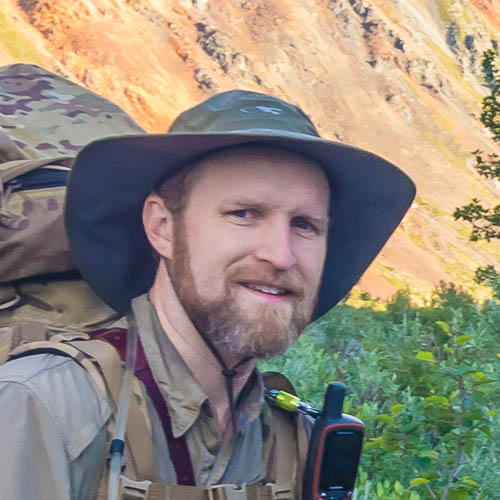In general, I study the processes that govern the growth and behavior of stream fishes and the success of their populations.
Much of my research concerns drift feeding, a common behavior in which fish hold a steady position facing into the current and dart back and forth to intercept passing items of food. I look at a wide range of other topics that either influence this behavior (such as cognitive ecology and invertebrate drift) or mediate its effect on populations (such as territoriality and bioenergetics). I have focused much of my early career on feeding behavior because it forms one of the primary links between animals and their environment. It determines how energy intake depends on environmental conditions, which in turn affects habitat choices, competition, growth, and survival.
This work on feeding behavior stems from a broader interest in deepening our quantitative understanding of the connections between the behavior and physiology of animals and patterns we detect in their behavior at larger scales, such as the decline of a population or a shift in its habitat usage.
